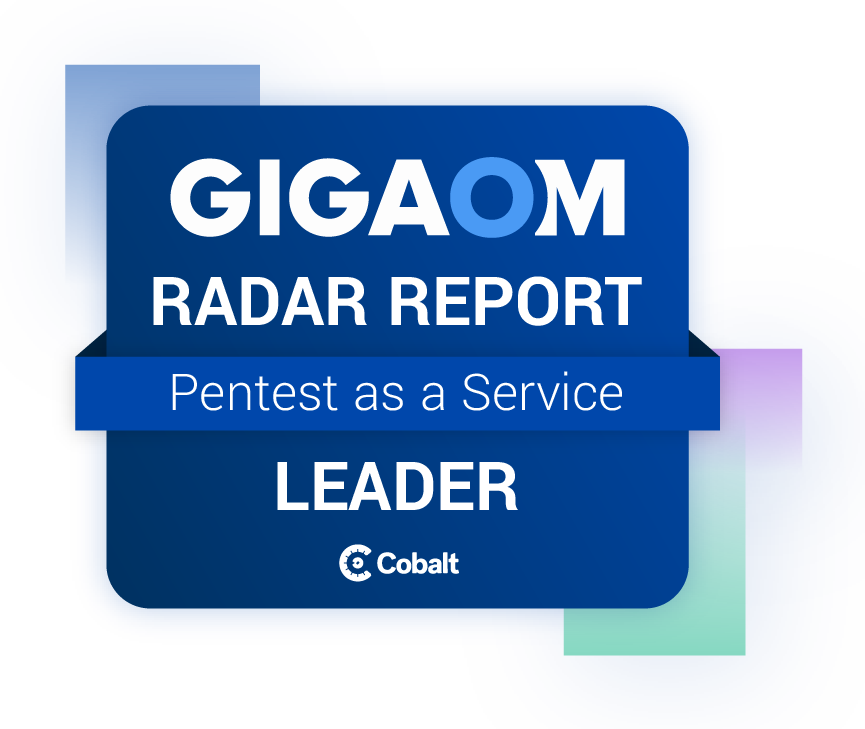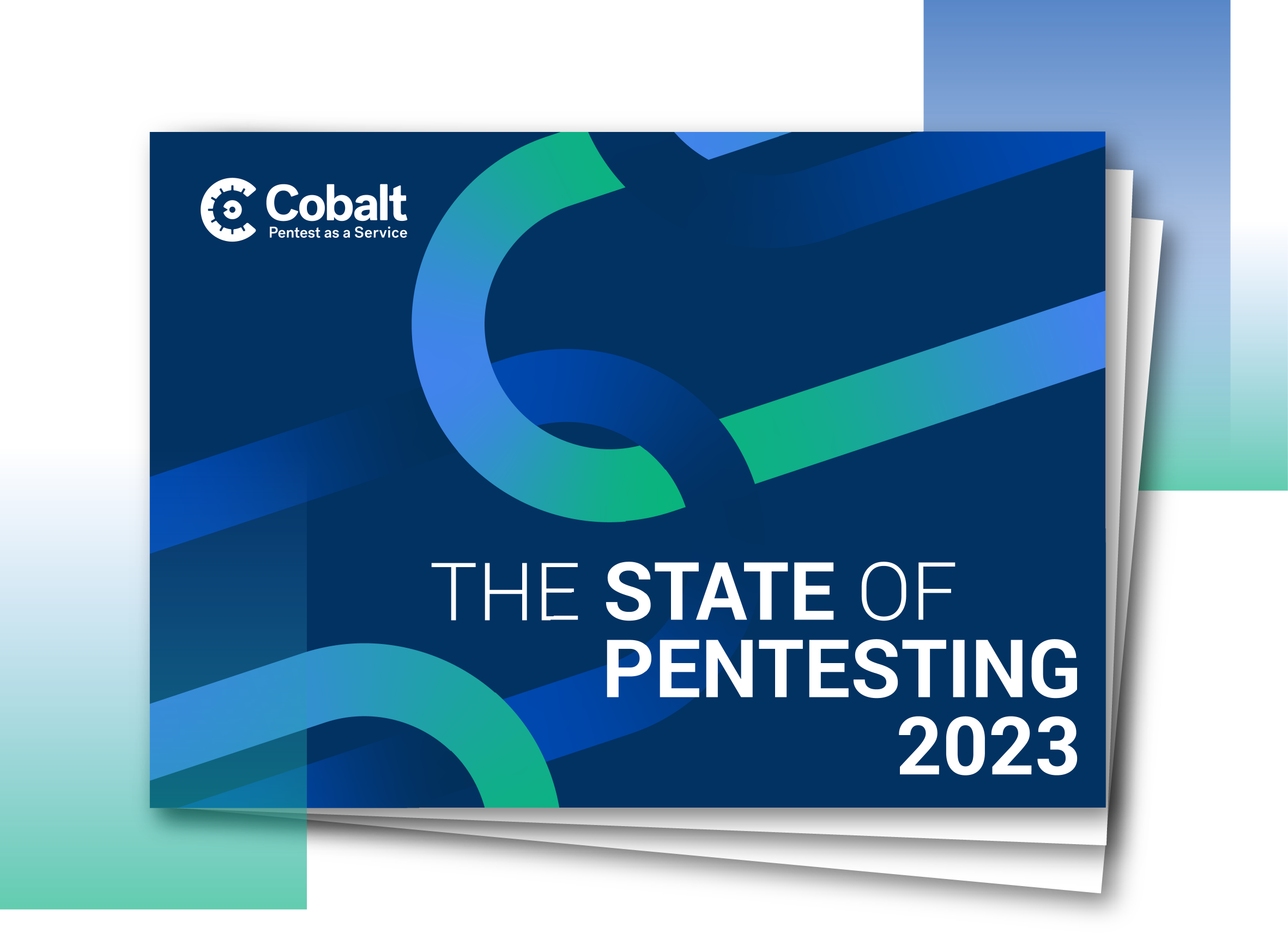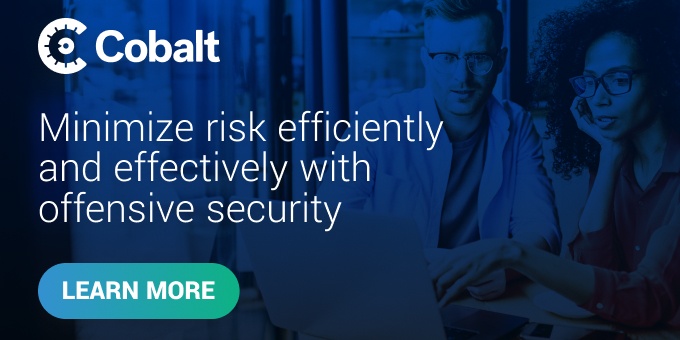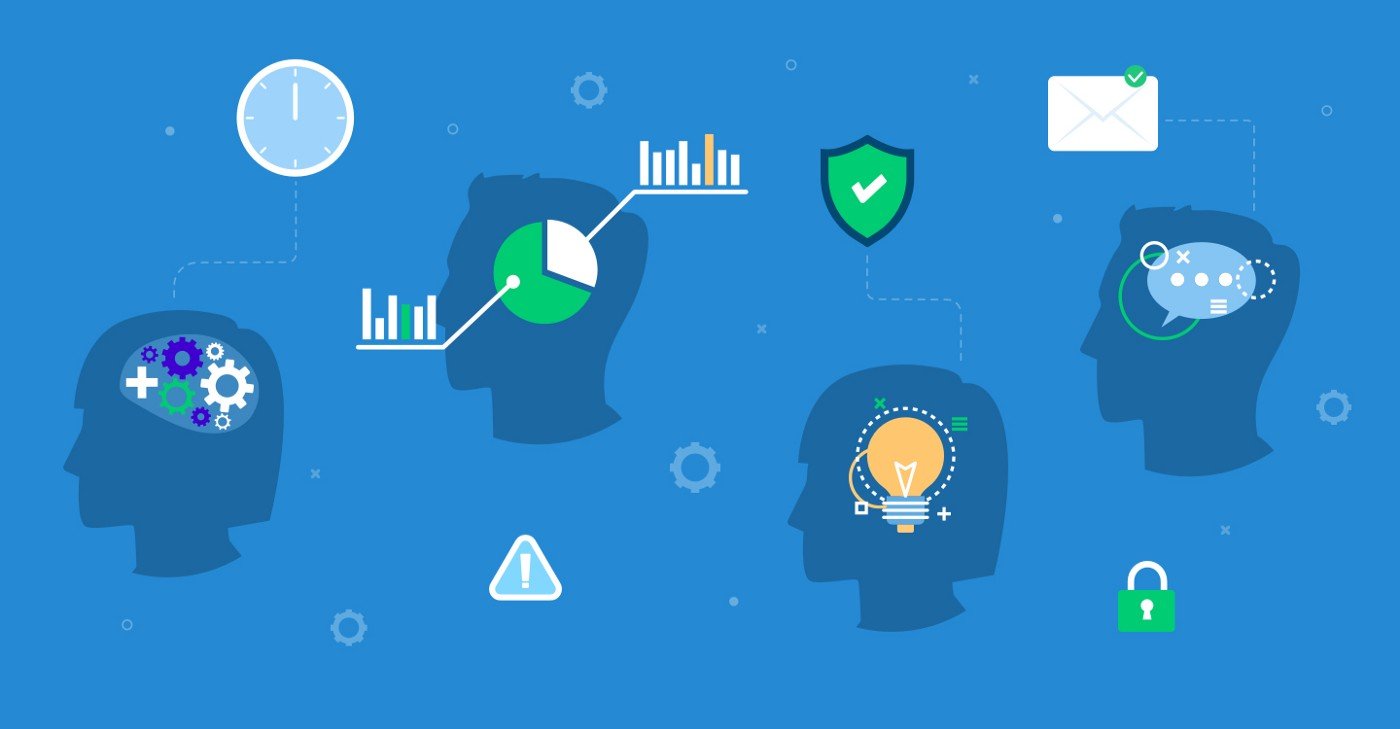In today’s business environment, balancing development operations (DevOps) and security operations (SecOps) has become a necessity. Companies are increasing the speed of DevOps to maintain competitiveness, and the threat landscape demands SecOps integration due to increasing complexity.
Companies are forced to address balancing rapid deployment with proper security.
This is where DevSecOps comes into play.
VMware defines DevSecOps as “DevSecOps (short for development, security, and operations) is a development practice that integrates security initiatives at every stage of the software development lifecycle to deliver robust and secure applications.”
This post explores the fundamental concepts behind DevOps and SecOps and the challenges, strategies, and best practices for DevSecOps adoption as companies scale to increase revenue without a substantial increase in costs.
Understanding DevOps and SecOps: A Primer
The terms DevOps and SecOps are used often, but a short primer will ensure that the definitions are clear.
Defining DevOps
According to GitLab, “DevOps combines development and operations to increase the efficiency, speed, and security of software development and delivery compared to traditional processes.”
A DevOps process drives agility because development and operations teams work together to design, build, and deliver software at top speed. The process springs from an Agile approach to software development, where teams work together to deliver software quickly and in an iterative manner. There is a collaborative effort at all steps in the development cycle, focusing on incremental development and rapid delivery of software and updates.
DevOps requires a change in the mindset of those involved who are accustomed to traditional development. The core principles include:
- Software development lifecycle automation: Automation is applied to testing, builds, releases, and provisioning development environments. It increases the speed of development and minimizes human error.
- Collaboration: The DevOps team works to improve collaboration and communication.
- Continuous improvement: Effective DevOps teams regularly analyze their operations and metrics to find opportunities for improvement.
- Focus on the user: DevOps teams establish short feedback loops to concentrate on giving users what they want and need.
Defining SecOps
According to ServiceNow, SecOps “is the merger and collaboration between IT security and IT operations.” It’s important to help companies meet security goals without negatively affecting IT performance.
Traditionally, security and IT operations teams operate independently. After leaders in the industry saw the positive results of creating DevOps teams, they saw the same opportunity in developing SecOps teams. These teams align IT security and IT operations teams, including DevOps, to ensure that all processes are operating securely.
The main goal of SecOps is to close the traditional gap between security and IT teams, making security a foundational component of the IT environment. To achieve this, SecOps goals include:
- Addressing the increasing threat landscape: Security threats are increasing, and tactics are getting ever more creative. A SecOps team is tasked with ensuring security throughout the complete cycle of designing, developing, and deploying software.
- Maintaining security as a priority: Development and operations IT teams are focused on the speed of producing software that supports the business effectively. The SecOps team is there to support the DevOps and operations teams to ensure that security is an integral part of overall IT activities.
- Supporting innovation: Innovation is critical to an organization’s future, and it can often leave concerns like security behind. The SecOps team helps to support innovation and keep everything secure at the same time.
- Providing quick responses to active cyber threats: As threats increase, the time needed to exploit vulnerabilities decreases. A SecOps team is tasked with providing fast responses to threats to ensure that a company’s data is protected.
Balancing the emphasis on DevOps and SecOps teams is required to get the most from rapid software development while avoiding the often-devastating impact of successful security threats.
The Challenges of Scaling IT Operations
Scaling IT operations always presents challenges. When that scaling process includes balancing DevOps and SecOps, the challenges are even more unique and can include:
Culture change
Traditionally, developers and security teams work independently. Developers often don’t understand the value of security practices. More importantly, they don’t realize how their development efforts contribute to creating vulnerabilities. Security team members expect developers to react to vulnerabilities like security experts and often don’t take the time to explain why their advice is critical or beneficial. Culture change is necessary to bring DevOps and SecOps teams together.
Enhancing security while preserving agility
It’s critical to ensure that the rapid development and deployment that DevOps is known for aren’t compromised by ensuring security. Security vulnerabilities can increase at an exponential rate as IT operations scale, making it important that the two teams work closely together.
Balancing resource allocation
Scaling IT operations requires careful planning of resources including not only servers and networks, but also human resources. There can be a tendency to put more resources toward innovation, but it’s critical to balance resources so that both DevOps and SecOps can operate efficiently.
Solutions such as Pentest as a Service (PtaaS) with a pool of on-demand security resources help companies alleviate the challenges the security talent gap presents.
Managing complexity
It’s natural that the complexity of IT systems increases as services scale. Managing complexity without disrupting services or creating gaps in security is a serious challenge.
Automation
Scaling effectively often includes automating tasks to improve productivity. When scaling, it’s important to ensure that automated tools used by development, operations, and security work well together.
Due to this, integrations can become a key focal point for security and development teams when selecting a new tool or vendor to add to their security programs.
Scaling disaster recovery and business continuity plans
The effect of potential downtime or data breaches becomes more significant as IT activities increase. Robust disaster recovery and business continuity plans must be updated regularly as IT scales.
Addressing skill gaps
Technology is evolving very rapidly and skill gaps often emerge as IT scales. Training and development is important to ensure that the IT teams have the skills they need to manage scaled operations.
Scaling IT: Strategies and Best Practices for DevSecOps
The challenges of scaling IT are real. But there are strategies and best practices that companies can use to ensure success in DevSecOps as IT operations scale. Here are some of the key actions you can take:
- Integrate security early in the development process: Initiate security procedures to achieve early detection and mitigation of issues.
- Bridge the Gap Between DevOps and SecOps Teams: Provide security training to developers and coaching training to security teams, which will allow them to coach developers rather than dictate to them. Establish a culture of shared responsibility and shared goals to foster mutual understanding and collaboration.
- Use Scalable Security Tools: Choose security tools that scale easily and can integrate with the DevOps pipeline.
- Establish continuous monitoring and feedback loops: Use real-time monitoring tools that can detect and respond to threats immediately. Establish feedback loops that send security monitoring results to DevOps for remediation.
- Test incident response plans: Keep disaster recovery and business continuity plans updated regularly, and conduct drills to keep teams prepared to handle incidents effectively.
- Establish a risk-based security strategy: As you scale, you can put more focus on critical areas and set priorities based on a risk assessment.
- Establish a continuous learning environment: Technology won’t stop evolving as you scale IT operations. Ensure teams keep up with trends and continuously refine their processes.
For most companies, future success requires integration of DevOps and SecOps. In fact, “DevSecOps” is becoming increasingly popular to describe the integration of DevOps and SecOps in terms of culture, people, and processes. This integration can help companies identify software vulnerabilities early in the development process, reduce time to market, ensure regulatory compliance, build a culture that is security sensitive, and reduce the chance of cyber attacks and their devastating outcomes.
Scaling IT requires integrating these two processes in a way that allows for quick and efficient software development while ensuring security. By understanding what it will take to get DevOps and SecOps to work together seamlessly at scale, companies can establish a more secure, efficient, and innovative IT operation.




















